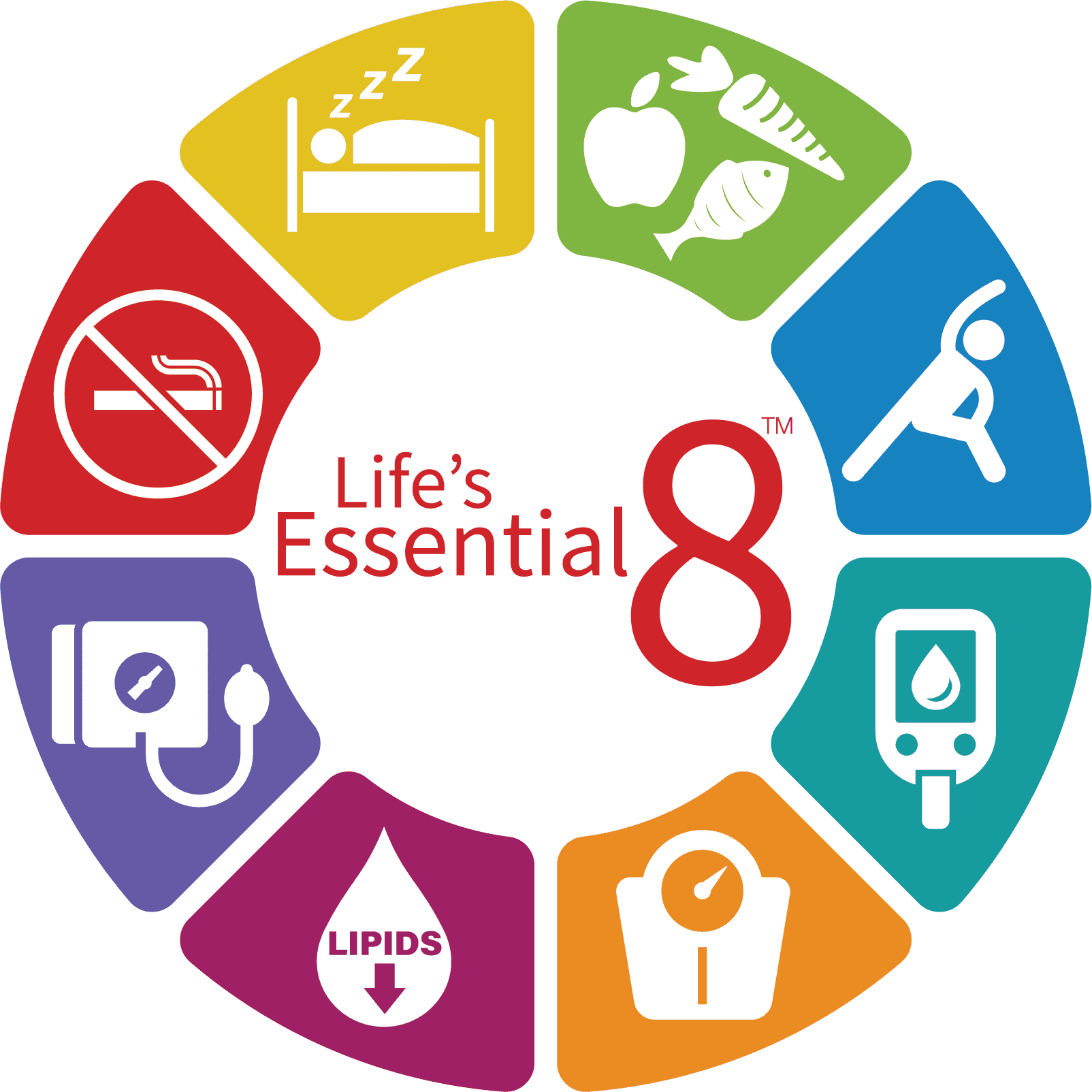BY LISA SOUSOU, PA
September is Ovarian Cancer Awareness Month. Although the rate of its diagnosis has decreased over the past two decades, ovarian cancer still has the lowest survival rate of any female cancer, and was responsible for an estimated nearly 14,000 deaths in the U.S. in 2019. Most cases of ovarian cancer are not diagnosed until they reach an advanced stage, at which time successful treatment is much more difficult. However, survival rates are over 90% if it is detected at its earliest stages.
What are the symptoms?
Early on, it is common for ovarian cancer to have no noticeable symptoms. Later, the symptoms are often vague and nonspecific, and can mimic other medical problems, which can cause a delay in diagnosis. Symptoms can include:
- Bloating, indigestion or nausea
- Pelvic or abdominal pain or pressure
- Feeling full quickly when eating, or loss of appetite
- Urinary urgency or frequency
- Changes in bowel habits or bowel movements
- Extreme tiredness, decreased energy
What are the risk factors?
Ovarian cancer is most commonly diagnosed in women in their fifties and sixties. Other than age, the following factors may be associated with an increased risk:
- A history of starting your period at an early age, or reaching menopause late
- Never having been pregnant
- Smoking
- Overweight
- Family history of ovarian cancer, or inherited genetic syndromes that are associated with it
- Some studies have found a small increased risk with hormone replacement therapy use after menopause, but other studies have not found an increased risk
How is it detected?
Unfortunately, there is still no reliable screening test for ovarian cancer. However, there are steps you can take to be vigilant:
- See your health care provider for routine screening gynecologic examinations (pelvic exams) as often as he/she recommends. A Pap smear does not test for ovarian cancer (it screens for cervical cancer), and a pelvic exam alone cannot be reliably used to rule it out. However, a routine exam may still be able to pick up enlarged ovaries, pelvic masses, or pain, which can be signs of ovarian cancer.
- If new symptoms last more than a couple of weeks, talk to your health care provider. A pelvic exam and imaging (like an ultrasound) are starting points if he/she feels your symptoms are concerning.
- Sometimes, ovarian cancer can have a genetic basis. If you have a family history of ovarian or breast cancer, have a family or personal history of BRCA genetic mutation, or have Lynch syndrome, you may be at higher risk than most women. Talk to your provider about whether genetic testing may be right for you. For high-risk women who choose not to have genetic testing, other additional screening tests may be an option.
How can I reduce my risk?
These factors have been found to be associated with lower risk of ovarian cancer:
- Birth control pills or tubal ligation (having your tubes tied) if you want to avoid pregnancy
- Breastfeeding your baby
- Maintaining a healthy weight
- Avoiding, or quitting, smoking
Because diagnosis at an early stage vastly improves rates of survival, early detection is key. Be sure to keep up with regular gynecologic visits, be aware of the signs and symptoms, and bring any symptoms to your provider promptly. You are your own best advocate!





